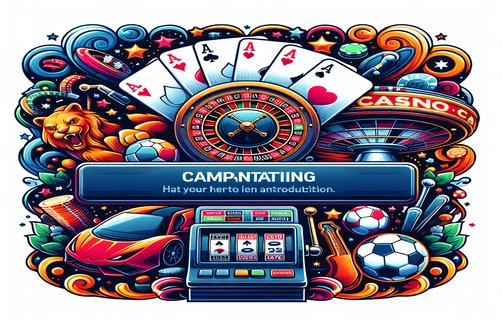Unpacking the Wheel of Fortune Slot: A User Experience Journey
The excitement of stepping into a casino, whether physical or virtual, often begins with the vibrant lights and sounds of slot machines. Among them, the Wheel of Fortune slot stands out as a classic favorite. But what makes it so appealing? This analysis uses designer thinking to explore essential elements like table games, independent audits, risk-free bets, managing tilt, betting patterns, gameplay fluidity, and spotting weak players—all while sharing a user's experience.
Table Games vs. Slots: While traditional table games like poker and blackjack require strategic thinking and player interaction, slots set themselves apart with their simplicity and instant gratification. The Wheel of Fortune slot combines familiar mechanics with an exciting theme, captivating players from the get-go. The design invites users to transition effortlessly between traditional gaming experiences and the thrilling unpredictability of slots. Understanding the user’s journey from a table game to a slot can provide insights into designing more engaging gameplay.
Independent Audits: Trust in gaming mechanics is critical for player retention and satisfaction. Independent audits ensure that the Wheel of Fortune slot operates fairly, with verified random number generators (RNGs) and transparent payout percentages. This kind of assurance not only builds trust with users but also allows designers to focus on refining the aesthetic and engaging elements of the game without worrying about fairness perceptions. A design that prioritizes integrity enhances the overall user experience.

Risk-Free Bets: A common frustration among novice players is the risk involved in betting real money. Offering risk-free bets on machines like Wheel of Fortune can significantly improve user experience. It allows players to explore dynamic gameplay and get acquainted with the rules without the looming threat of immediate financial loss. Designers can focus on crafting onboarding experiences that include such offers, making sustaining user engagement easier. This approach truly embodies designing for the user journey.
Managing Tilt: Tilt, or emotional distress stemming from losses, can negatively impact gameplay. For the Wheel of Fortune slot, incorporating features that encourage breaks or set limits can help players regain control of their gaming experience. Designers can integrate prompts reminding players to take a moment to breathe or review their strategies after a series of unfortunate spins. This small touch can significantly enhance user satisfaction and wellbeing, making gameplay more enjoyable over time.

Betting Patterns: Understanding betting patterns enriches the design experience. In the context of Wheel of Fortune, analyzing user behavior can reveal insights into how often certain bets are made or how players respond to wins and losses. This data can inform the development of promotional features or themed bonuses that appeal to prevailing betting trends among the player base. Engaging with users through tailored experiences keeps them invested in their journey.
Gameplay Fluidity: For slot games, the smoothness of gameplay is key. Wheel of Fortune does well in maintaining fluid transitions between rounds, bonuses, and outcomes. Designers should focus on creating seamless animations and transitions that maintain user engagement without breaking their immersion. A lapse in fluidity can lead to frustration, compounding poor user experiences. By prioritizing smooth gameplay, designers can elevate the overall atmosphere of the slot.
Spotting Weak Players: Identifying weaker players opens the door for designers to create experiences that cater to them specifically. It not only reinforces user confidence but also fuels engagement and continued playability. Select features like tutorials, hints, or low-stake gaming options can be invaluable. Wheel of Fortune can further incorporate feedback mechanisms where players can assess their gaming style, providing them tailored suggestions to enhance their experience.
In conclusion, the Wheel of Fortune slot encapsulates an appealing fusion of excitement, strategy, and user interaction. By applying designer thinking and user experience analysis, developers can delve deeper into creating a more engaging and satisfying gaming environment. Such a focus ultimately ensures that the beloved Wheel of Fortune slot remains not just a game, but a memorable experience that resonates with players across the gambling landscape.
